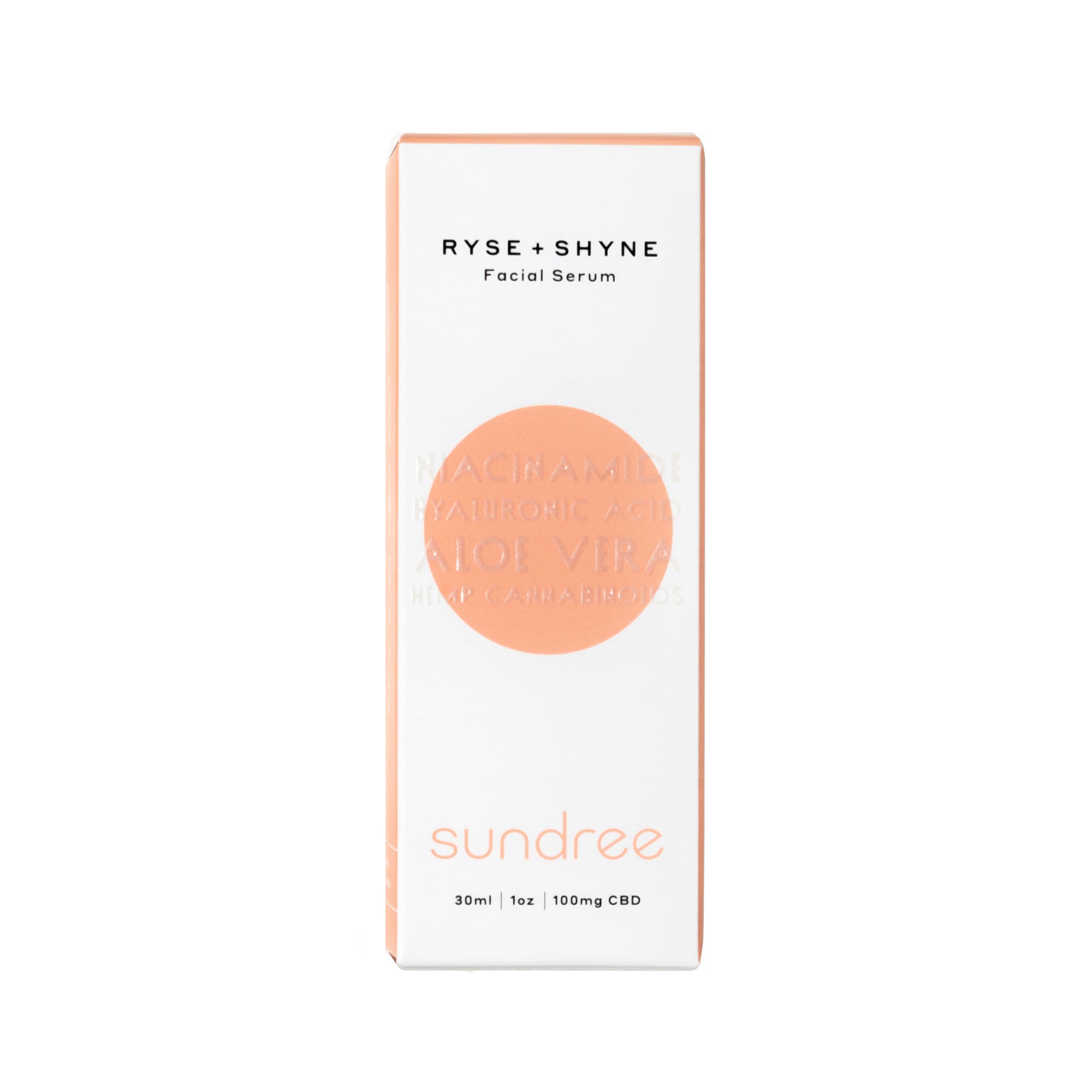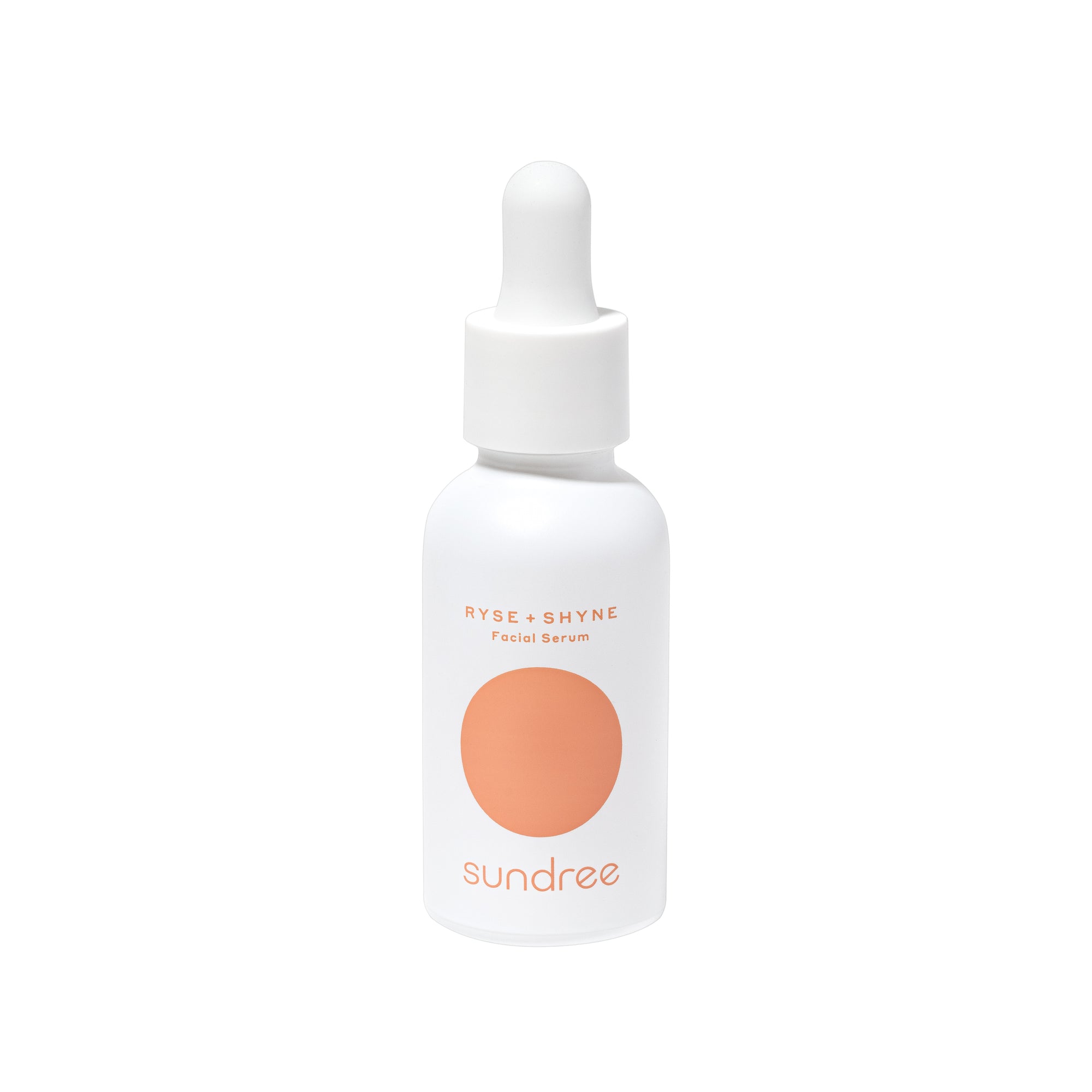Suppose you are striving to improve the appearance and overall health of your skin. In that case, you might be familiar with the importance of using skincare products formulated with the most effective active ingredients out there. When going through different options, you might have come across salicylic acid, which is one very common skincare ingredient used in the skincare industry.
However, if you’re not well-versed with what salicylic acid is, how it can benefit your skin, and how to add it to your skincare routine, we got you! This article has everything you need to know about this amazing skincare ingredient before incorporating it into your skincare routine.
What is Salicylic Acid?
You might already be familiar with salicylic acid as a beta hydroxy acid.¹ It is a compound that belongs to the class of ingredients called salicylates. It’s basically a colorless and solid compound commonly used as a treatment for skin issues, acne, warts, and other types of keratosis. Salicylic acid is a plant-based ingredient that gets its name from the Latin word salix, meaning willow tree.
Being a member of the beta hydroxy acid family, salicylic acid has the hydroxy component of its molecule separated from the acid part by two carbon atoms. This specific molecular makeup of salicylic acid has a significant impact on the effectiveness of salicylic acid in skincare.
How Salicylic Acid Works on the Skin?
As mentioned above, the molecular structure of salicylic acid is behind its efficiency in doing its job when added to skincare products. It allows salicylic acid to be more oil-soluble, making it easier for the molecules to infiltrate into the skin. When salicylic acid is applied topically, it enters the skin via pores, and the acid part of the compound breaks or loosens the intercellular connection that holds skin cells together. For this reason, salicylic acid is categorized as a keratolytic agent. Keratolytics are the compounds that work by boosting moisture in the skin and dissolving the elements that bind skin cells together, softening the keratin.² The keratolytic action of salicylic acid leads to the shedding of skin cells from within, unlike alpha hydroxy acids that only work on the skin's outer surface to speed up cell turnover.
What Salicylic Acid Does For the Skin?
If you’re wondering why you should look for salicylic acid when shopping for your skincare products, we’ve made the job easier for you. We compiled a list of a multitude of benefits of salicylic acid for your skin. Here’s what salicylic acid can do to help you with various skin problems:
- Exfoliates the Skin - Although there are many other known exfoliating ingredients in the skincare market, what sets salicylic acid apart from others is its ability to penetrate the pores and work from the inside. Effective exfoliation isn’t just about removing dead skin sitting on top of the skin. It requires the removal of impurities and dead skin hoarded deep within the pores. Mainstream exfoliating agents may not be able to work as effectively due to their inability to pass across the layer of dirt, sebum, and dead skin in the pores. Moreover, thorough exfoliation also allows the ingredients of your skincare products to absorb deeper and faster, improving their results.
- Clears Clogged Pores - If you’re worried about congested pores that cause the appearance of blackheads and whiteheads, making your skin appear rough, discolored, and dull, salicylic acid can help. The unique action of salicylic acid to penetrate the pores gives it the power to eliminate all sorts of gunk accumulated into them. It works by removing impurities, particularly from the areas more prone to blackheads and whiteheads, such as around the nose, chin, and forehead. In addition, it’s a potent comedolytic agent that prevents blackheads and whiteheads from forming in the future. So, instead of using blackhead removing strips and tools next time, give salicylic acid a try.
- Helps Oily Skin - A greasy and shiny-looking complexion can be unpleasant for people with oily skin, especially during hot and humid summer days. Besides making the skin look shiny, excess sebum production can also prevent the natural process of skin cell shedding by clogging the pores. This can make your skin a breeding ground for bacteria and trap dirt, chemicals, and other skin irritants, leading to skin inflammation. Salicylic acid seeps into the pores and deeply cleanses them, reducing and regulating sebum production in the skin.
- Minimizes Hyperpigmentation - Many of you might only know this powerhouse skincare ingredient as an anti-acne ingredient. However, the wonders of salicylic acid go way beyond acne treatment. Blemishes and discoloration-reducing effects of salicylic acid are among some of its lesser-known benefits. The general exfoliating effect of this natural compound that speeds up cell renewal gives the skin a brighter and more even-toned appearance by removing damaged skin cells from the epidermal layer of the skin faster.
- Reduces Acne Breakouts - Most of us, especially those with acne-prone skin, know salicylic acid as one of the most common acne-combatting ingredients out there. The anti-acne effect of salicylic acid comes from its ability to break apart the bonds between skin cells, which helps keep the pores clear of any dirt, oil, toxins, bacteria, and other contaminants that might lead to the formation of acne. Salicylic acid also aids in managing the production of sebum by lipid glands. One of the main reasons behind acne breakouts is the overproduction of sebum. Salicylic acid reduces the risk of acne by maintaining a healthy level of sebum in the skin. Furthermore, acne-causing bacteria thrive without oxygen under clogged pores. By unclogging the pores, salicylic acid produces an oxygen-filled environment that weakens acne bacteria.
- Works as an Astringent - Another remarkable benefit of using salicylic acid as your topical skincare ingredient is its astringent properties. Astringent ingredients are known for their ability to constrict or shrink the skin. Once salicylic acid penetrates the pores and clears them out, the pore size shrinks as a result of removing the buildup of oil, dead skin, and other wastes. The pore-minimizing effect of salicylic acid, in turn, constricts skin tissue, giving the skin a tighter and smoother appearance. Therefore, salicylic acid can also help to keep your skin supple and youthful.
- Soothes Skin Inflammation - Since salicylic acid is obtained from the willow tree bark, it contains a compound called salicin. Salicin acts as a natural anti-inflammatory agent that calms skin irritation.³ It can help reduce redness, itching, and discomfort due to some inflammatory skin conditions, like acne and psoriasis. If your skin is prone to allergic reactions, puffiness, and soreness, salicylic acid skincare products can help solve the problem for you.
How to Use Salicylic Acid?
When it comes to adding salicylic acid to your skincare routine, it can be a bit confusing if you’re a newbie. Well, here are a few things to keep in mind while using salicylic acid products:
- Choose the Right Product - Choose the concentration according to your skin type and problems. If you have greasy and acne-prone skin, a product with a higher amount of salicylic acid will work the best for you. If you have dry skin with acne, go for a product that also contains moisturizing ingredients and lower salicylic acid levels to avoid dryness or itching.
- Work Up to it - It’s highly recommended to start with a patch test on your forehead and wait 24 hours before applying the product to your entire face. If all goes well, apply the product to your face. But if you experience irritation, try a lower concentration or consult your skin specialist for alternatives.
- The Order of Products - One common confusion regarding the use of salicylic acid products is the order in which they should be used in a skincare routine. If you’re using a salicylic acid cleanser, use it twice a day and follow with your serum, moisturizer, and other products as usual. In case of dryness or flakiness, use the cleanser only once a day. Don’t forget to apply sunscreen during the daytime. Also, if you are using a salicylic acid spot treatment, use it on a cleansed face, let it get absorbed, and follow with a hydrating and moisturizing cream or lotion.
Side Effects of Salicylic Acid
The recommended concentration of salicylic acid in skincare products is between 0.5 and 2 percent. Using higher concentrations, applying larger amounts of the product, or using it to large surface areas can lead to irritation and result in undesirable effects. Also, if your skin is very sensitive or allergic to salicylic acid, you may experience peeling, tingling or burning, redness, and dryness. If these symptoms are light, you don’t need to stress. However, in case of severe burning, irritation, or dryness, you can consult your dermatologist and decide a suitable course of action for your individual skin.
Conclusion
Salicylic acid is a plant-derived acid that offers various skin benefits. It’s especially beneficial for people struggling to treat clogged pores, uneven skin texture, acne, blackheads, enlarged pores, inflammation, hyperpigmentation, and oily skin. Mild side effects, including flaking, redness, and dryness, are expected when using salicylic acid products. It’s important to keep the skin sufficiently hydrated and moisturized to avoid these side effects and reap the optimal benefits of this incredible skincare ingredient.
Citations:
- Noble, Audrey. (2021). ‘AHA’s vs. BHA: What’s the Difference, and Why You Should Use Them?’, Accessed October 26, 2021. Available at: https://www.byrdie.com/aha-vs-bha
- (2021). ‘Salicylic Acid Film-Forming Liquid With Applicator- Uses, Side Effects, and More’, WebMD. Accessed October 27, 2021. Available at https://www.webmd.com/drugs/2/drug-18-866/salicylic-acid-topical/salicylic-acid-keratolytic-topical/details
- Goldman, Rena. (2017). ‘Willow Bark: Nature’s Aspirin’, Healthline Accessed October 27, 2021. Available at: https://www.healthline.com/health/willow-bark-natures-aspirin













